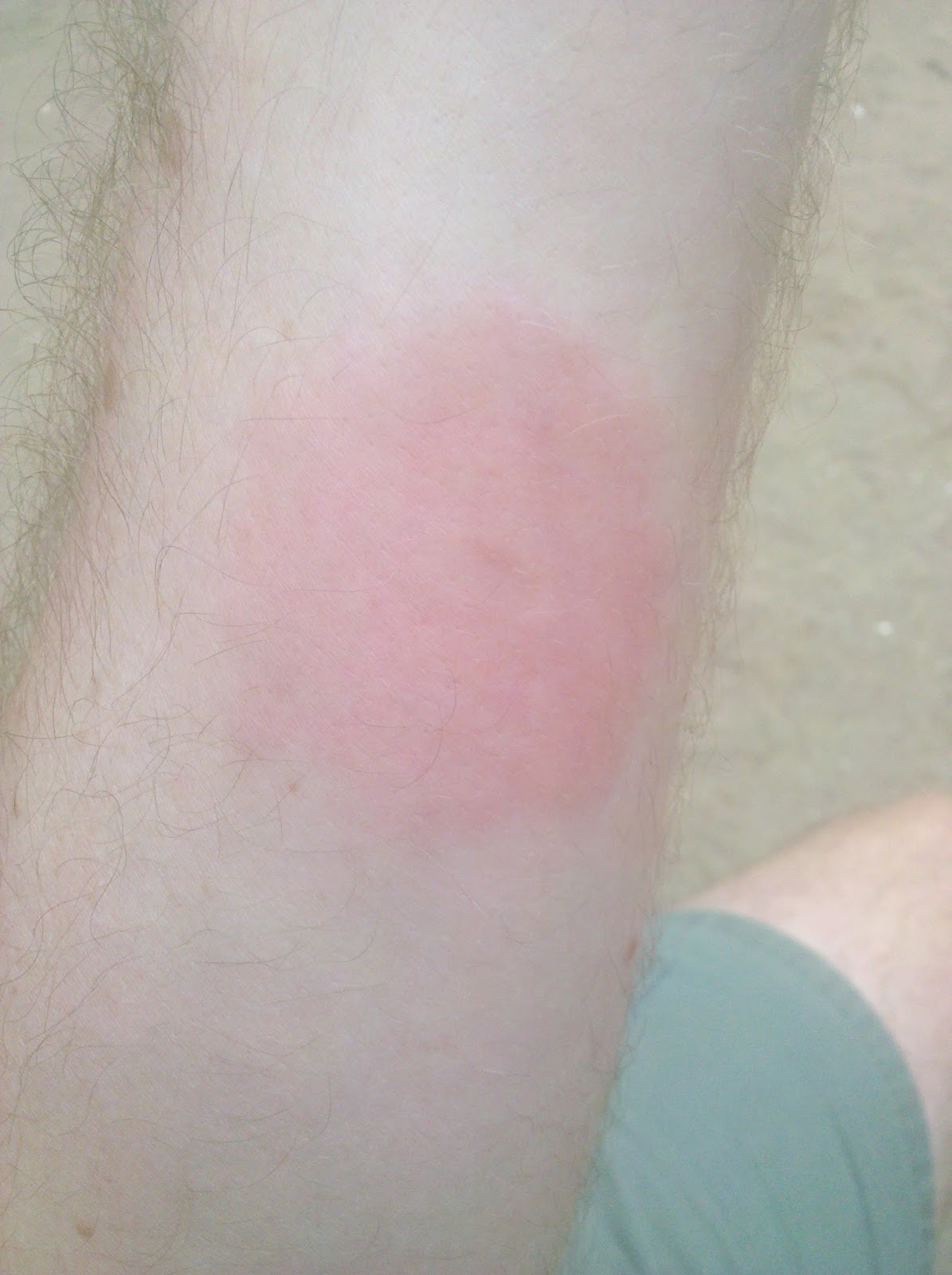on HP TouchPad tablet but was able to find one easily after the fact. As I've explained before, I'm just an average techie who likes to review the gear he buys. I've delayed writing this in order to actually use the tablet enough to give a good report on the device.
The big issue with the TouchPad, while it was being sold by HP, was the price. List price for this tablet was US $500. That's the same price as the contemporarily released Apple iPad. That's simply the wrong price. HP is not in the same market as Apple.
The entire technology world, and especially Apple customers themselves, know that Apple customers pay a premium for their brand loyalty. HP products, on the other hand, are reasonably priced cameras and printers.
HP only stayed in the tablet market for a short time, citing
poor sales for their decision to liquidate their remaining stock. The price for HP TouchPads soon stabilized around $350 among leading online resellers. HP clearly couldn't get the pricing right on their own, first overpricing then ridiculously underpricing the tablet. But functioning capitalist markets decide how to price goods and services effectively. And the market clearly supported a roughly $300 price tag. Clearly, the lesson learned from all this is, when entering a market where Apple is the only other player, factor out the Apple premium or sell your device on an auction website to determine pricing.
Hard times
Literally, the hardware is slick. It has a glossy black finish front and back.
It's actually a bit large in the hand. I usually read paperbacks and not
hardcover books so the tablet is uncomfortable as an electronic book.
However, it is almost ten inches of diagonal screen size for excellent
video display.
HP actually did a good job on the hardware side. The TouchPad is built around its 9.7 inch touchscreen. A dual-core, 1.2 GHz speed Snapdragon processor, 1 GB RAM, and up to 32 GB storage make for a responsive device. It communicates through Wi-Fi (802.11 a/b/g/n) and Bluetooth. Its sensors include everything but GPS and it has a front-facing camera for Hangouts. Overall, a good pile of parts.
One well-received feature is the microUSB charging cable. It's nice to not have to go searching for proprietary cords anymore. Like its market-leading competitor, though, this tablet needs a full Amp to charge. Most USB chargers only deliver half that since they only need to support the lower power requirements of cell phones.
A soft touch
HP chose its recently acquired Palm operating system, webOS, to run its tablet. That's disappointing.
Many web pages are too complicated to display properly in the built-in web browser. It doesn't have good support for
frames. For example, Gmail is completely useless in the TouchPad browser unless the basic HTML option is selected. The browser can't handle scrolling the body of an email separately from the sidebar. There are also weird frame placements and artifacts for sites that overlay a frame for ads, like Cracked, or functionality, like YouTube. Remarkably, Blogger is quite usable because its frames are clearly defined spaces with their own scroll bars and page functions intact. Being a lower priority property in the Google-verse has its advantages.
The webOS on-screen keyboard is a bit oddly spaced but usable. It is much too big for thumb typing but it is almost the size of a full-sized keyboard when laid on a desk. As is my custom, I'm actually typing this on the TouchPad and it's quite easy to do, though I'll probably need to edit this on the computer to add in pictures and hypertext.
Included out of the box are the normal productivity applications like a
calendar, which can't seem to access Google Calendar, an email
application, which can't access Gmail, a clock, and
QuickOffice,
recently purchased by Google. An application for YouTube is included
but it's just a wrapper for the webpage as it suffers from the same odd
frame artifacts as the browser. For social media, the TouchPad comes
with a Facebook app which can't be uninstalled. Which would be great if I
were still using Facebook. Since tablets' default use case is as an
electronic book reader, this one comes with Amazon Kindle pre-installed
but no access to Google Books except through the browser. So, none of
the Google features I already use but plenty of pre-installed programs for services I don't use.
HP offers an application store for its now-discontinued line of webOS products. But it isn't nearly as well-populated as either
Google Play or
that other one. And it's no wonder as webOS is officially on its deathbed. Few people want to spend time developing software for a system only receiving palliative care from its owners.
Fortunately, there is salvation, in the form of a new operating system,
CyanogenMod. Versions for the TouchPad are still in alpha but promise ready access to the Android market and all the applications therein.
Verdict
The hardware is excellent and worth the current market price. The software leaves much to be desired and makes this tablet a good candidate for an operating system transplant. With prices falling past $250 and plenty of tablets still in stock, this product gets a qualified "buy" decision.







